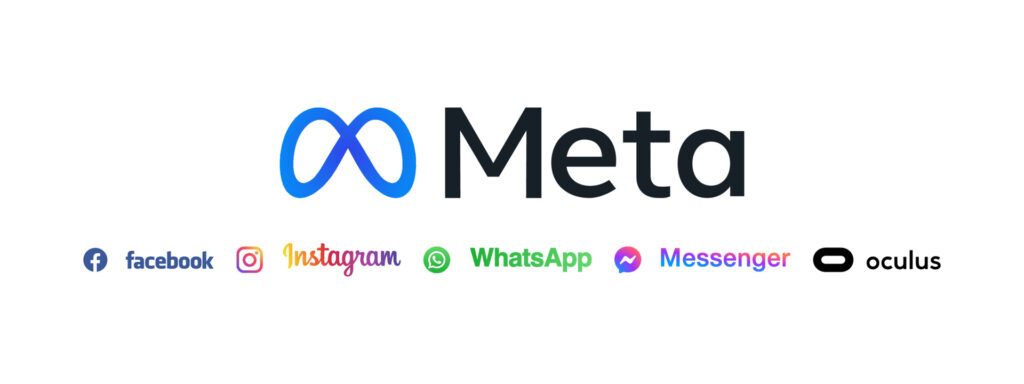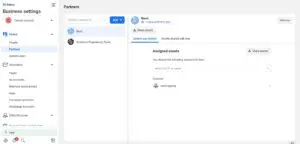In the ever-evolving landscape of digital marketing, Meta (formerly known as Facebook) remains a powerhouse for advertisers, offering a vast platform to connect with a diverse audience. Whether you’re a seasoned marketer or a business owner looking to tap into the potential of Meta advertising, this comprehensive guide will walk you through the key steps to create effective and impactful campaigns.
If you require assistance with Meta ads. click here to contact us.
Whom do we recommend advertising on the Meta platform?
Meta provides a wide variety of targeting options. However, we highly recommend using Meta for customers who can visually showcase their services or products. Additionally, Meta excels at generating direct sales, so if this aligns with your business goals, we strongly recommend utilizing the platform.
Understanding Meta Advertising
Before diving into the advertising realm, it’s crucial to understand the basics. Meta provides a variety of ad formats, including image and video ads, carousel ads, and more. Each format serves a unique purpose, so choose the one that aligns with your campaign goals.
HOW DO YOU GET STARTED?
1.Setting Up Your Meta Business Account:
To start advertising on Meta, you’ll need a Business Account. If you don’t have one, create it by visiting the Meta Business Manager. Once set up, link your ad account and configure payment settings.
3. Defining Your Advertising Objectives:
Clearly define your advertising objectives. Are you aiming to drive website traffic, boost brand awareness, or increase conversions? Meta offers various campaign objectives to align with your specific goals.
4. Creating Compelling Ad Content:
Crafting engaging ad content is key to capturing your audience’s attention. Use high-quality visuals, concise copy, and a clear call-to-action. Experiment with different creatives to see what resonates best with your target audience.
5. Targeting Your Audience:
One of Meta’s strengths lies in its robust audience targeting options. Define your audience based on demographics, interests, behaviors, and more. Experiment with different audience segments to find the most responsive groups.
6. Setting Your Budget and Schedule:
Determine your advertising budget and schedule. Meta allows you to set daily or lifetime budgets and choose when your ads will be displayed. This flexibility helps you optimize your spending for maximum impact.
7. Utilizing Meta Pixel for Tracking:
Implement the Meta Pixel on your website to track user interactions and gather valuable data. The pixel provides insights into user behavior, helping you refine your campaigns for better performance.
8. Analyzing and Optimizing Campaigns:
Regularly monitor the performance of your campaigns using Meta’s Ad Manager. Analyze key metrics such as click-through rates, conversions, and engagement. Use these insights to make data-driven optimizations and enhance your future campaigns.
9. Staying Updated on Meta Ad Policies:
Meta has specific ad policies that you must follow. Stay informed about these guidelines to ensure your ads comply with the platform’s rules, preventing any disruptions to your campaigns.
10. Experimenting and Evolving:
The digital landscape is dynamic, and what works today might need adjustments tomorrow. Embrace a culture of experimentation. Test different ad elements, audiences, and strategies to discover what yields the best results for your business.
In conclusion, advertising on Meta offers a powerful avenue to connect with your target audience. By understanding the platform, setting clear objectives, and refining your approach through continuous optimization, you can unlock the full potential of Meta advertising for your business.




